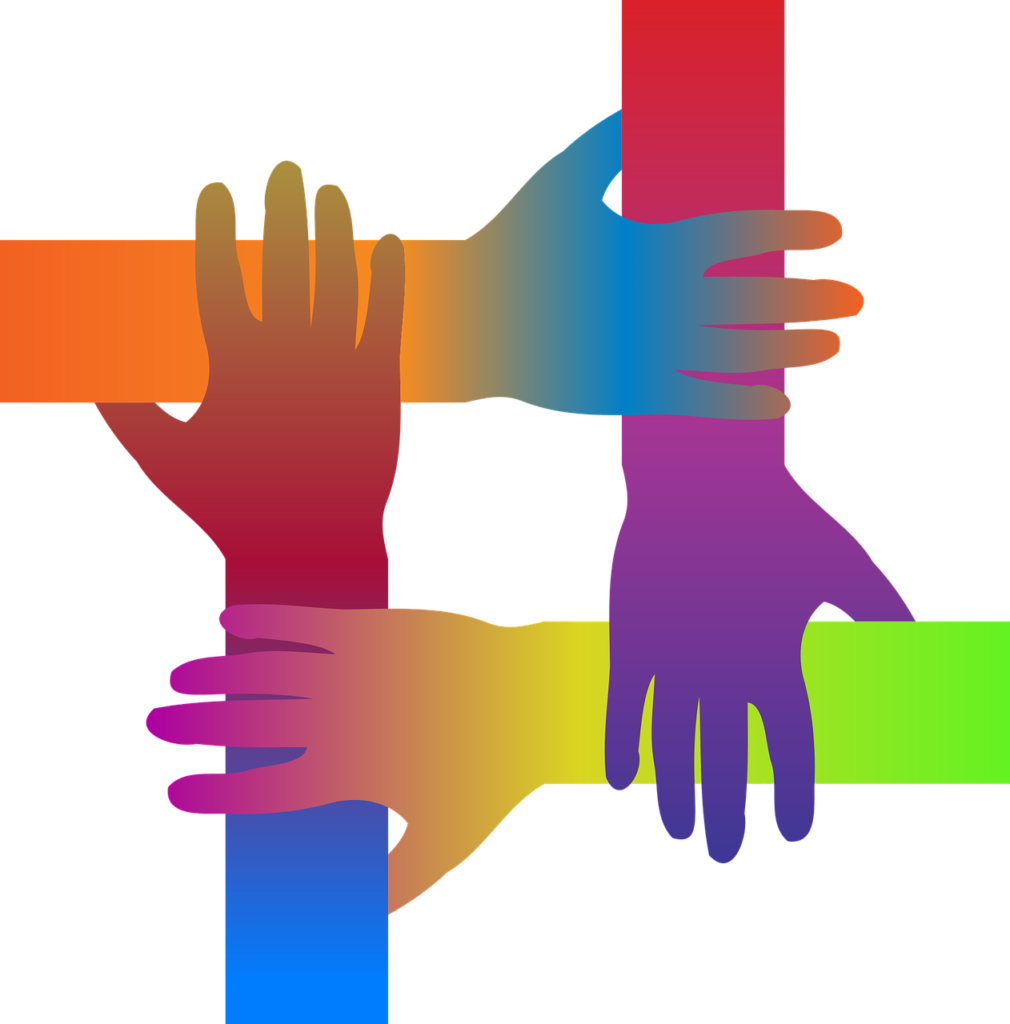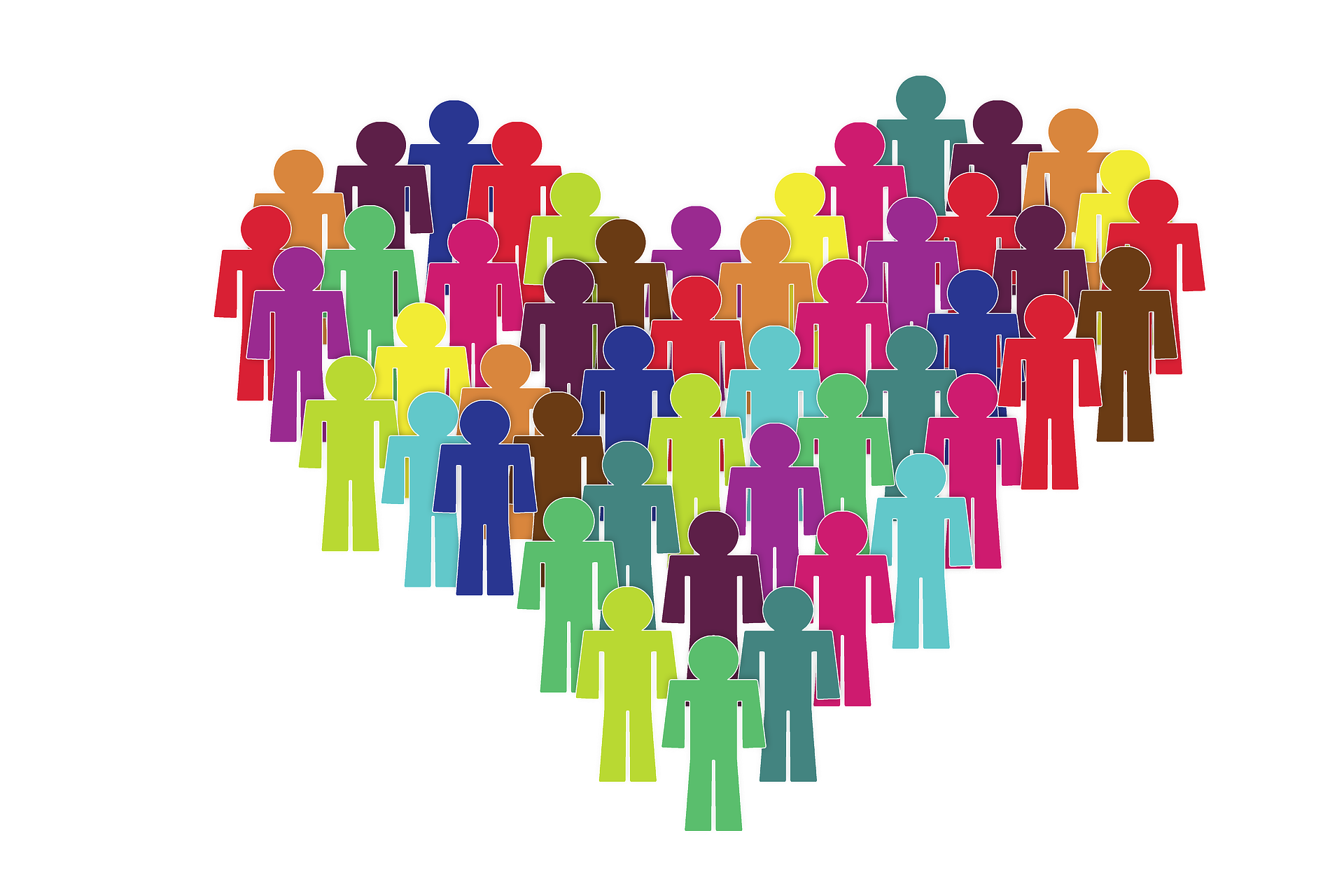When you think of February, you think of one simple four-letter word: LOVE. At least that’s what all the marketers would like you to think – and they’re doing a pretty good job; nearly $2 billion is spent each year on Valentine’s Day flowers.
So while it might seem like February is all about Valentine’s Day – not to mention a new season of the “Bachelor” and even Romance on a Budget Day (now that’s my kind of holiday) – and the underlying theme of this blog may in fact be love, I want to focus on another four-letter word.
No. Not that one. Shame on you!
I’m talking about THEY.
Simple but powerful, “they” was voted Word of the Year in 2019 in the United States. However, a debate has been sparked in France over the lack of an official gender-neutral French word for “they” and “them.” This brings back fever dreams of my high school days studying French and trying to remember if a book was considered masculine or feminine. But that’s not the point.
The point is, just as everyone wants to be in love, everyone wants to feel included. But have you ever stopped to think about how language can be used to promote (or hinder) inclusion?
FIRST, THE BASICS
Linguistically, pronouns are words that refer to people by replacing proper nouns, like names. Common pronouns include they/them/theirs, she/her/hers and he/him/his. Pronouns indicate the gender of a person – traditionally, he refers to males while she refers to females. That said, the English language does not have a gender-neutral third-person singular personal pronoun, but in recent years “they” has gained considerable popularity and is even the correct form to use per AP Style.
Knowing “they” can be used to refer to individual people allows writers to avoid defaulting to he in regular use, as was done for many years. In fact, patriarchal language is still ever-present in our society today, which brings me to the real point of today’s blog – and how everything previously ties together.

INCLUSIVE LANGUAGE
In proposals, and all writing in general, you should use language that avoids certain expressions or words that might exclude particular groups of people, including gender-specific words such as “man” and “mankind” and the aforementioned masculine pronouns. For example, consider the following statement:
“Your incoming director of dining services is a person who embodies community spirit and is excited to share his knowledge with your foodservice staff.”
While this statement may be grammatically correct and is typical of a statement found in a sales proposal, it does not promote inclusion. The statement above implies the foodservice director is male. In the past, this sentence may have been fixed by changing “his” to “his/her” but that, too, excludes non-binary people – those who do not identify with either the male or female pronouns. Thus, the correct replacement for the example is “their.”
Here are some other examples of changes to consider when writing more inclusively:
| Current Language | Inclusive Language |
| manhours | labor |
| man-made | machine-made, synthetic, artificial |
| mankind | humanity |
| workmen | workers, personnel, team |
| minorities | marginalized groups, unrepresentative groups |
| normal | typical |
| wives, husbands, boyfriends, girlfriends | spouses, partners |
| mother, father | parents |
| handicapped, disabled, impaired | person/people with disability |
| grandfathering/grandfather clause | legacy clause |
| senior, elderly | older adult |
| freshman | first-year student |
| “Ladies and gentlemen” | “Honored guests” |
| fair | equitable |
| waiter/waitress | server |
| inner city | under-resourced |
| disadvantaged (neighborhood) | neighborhood with high poverty rates |
| recipients (of programs like food stamps) | participants, clients |
| chairman, foreman | Chairperson, chair, moderator, discussion leader |
SHOW EVERYONE LOVE
Forbes has named Compass Group as a Best Employer for Diversity for many years in a row now. This recognition is not only an honor for our organization, but a testament to our collective commitment to fostering an inclusive workplace for all associates.
To uphold such a commitment to diversity, the CCS editing team has embarked on an initiative to use more inclusive language in outgoing proposal documents and other writing materials. We hope that you, too, will consider how your writing can promote a culture of acceptance and inclusion.
After all, showing love to everyone is something that should be on our minds all year – not just in February.
Santé (you didn’t think I could write a blog without at least one reference to wine, did you?)

Don’t be sad. We’ll be back on the first Monday next month with a new blog post. If you can’t wait that long – whether because you have a topic you’d love us to cover, a question or you simply want to throw your two cents into the pot – we love talkin’ shop, so drop us a line.






